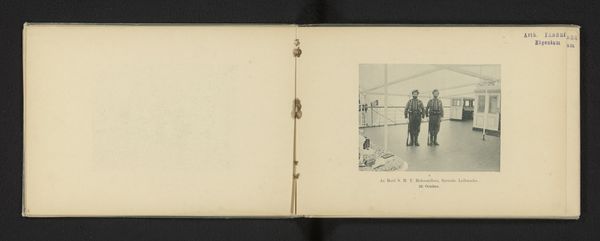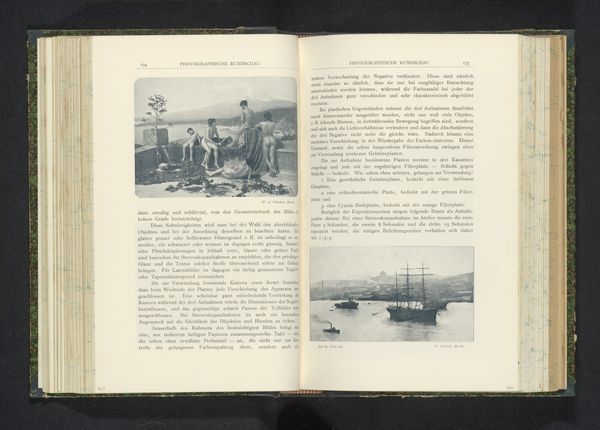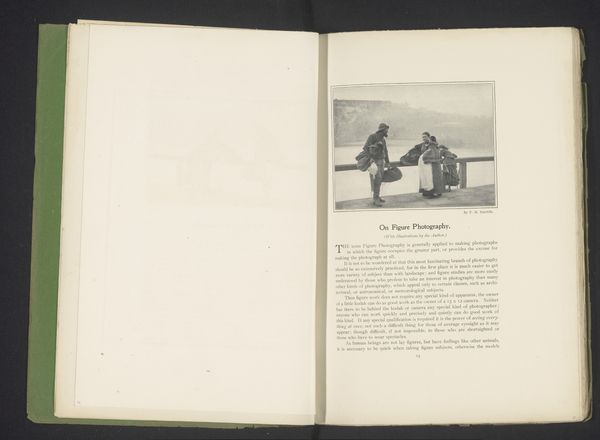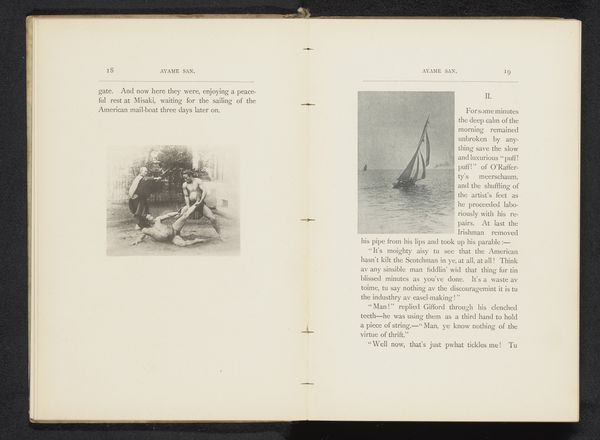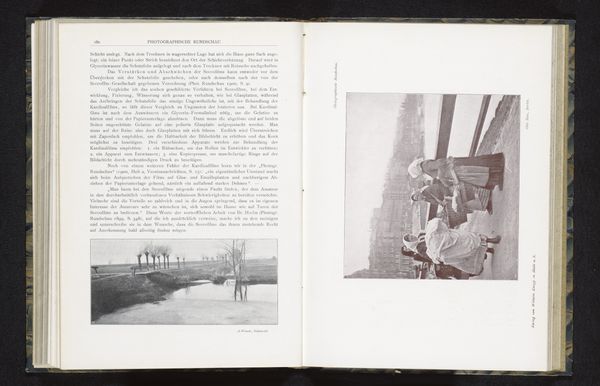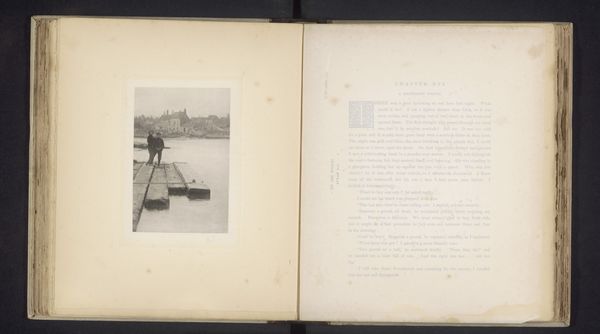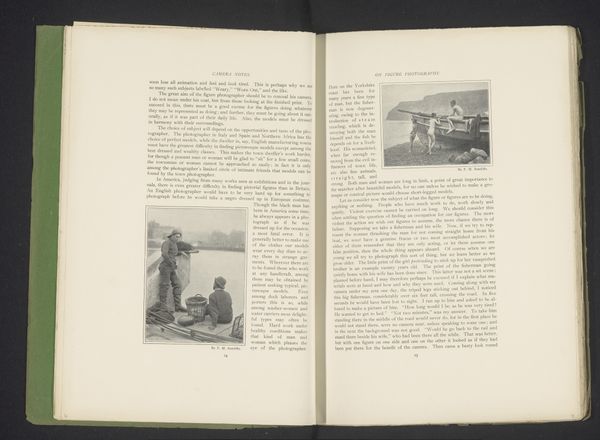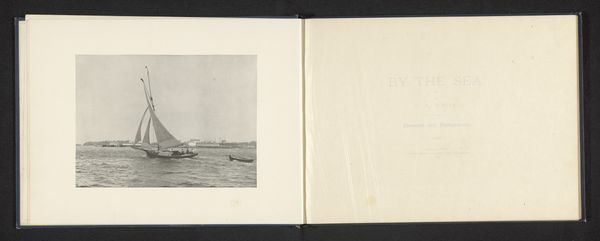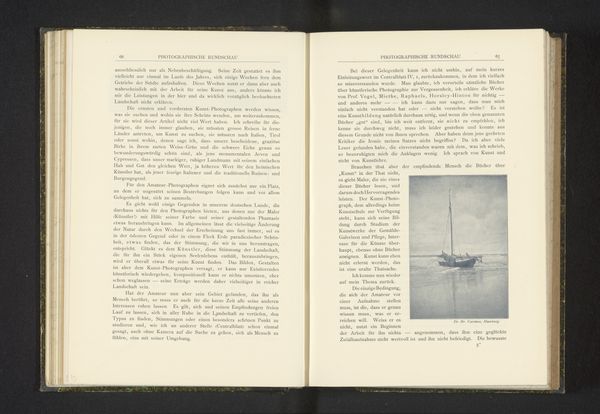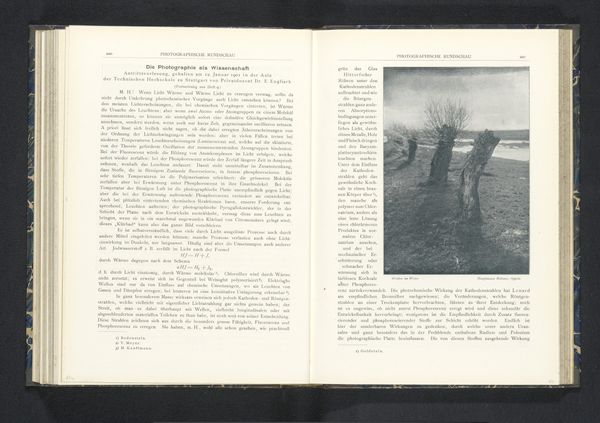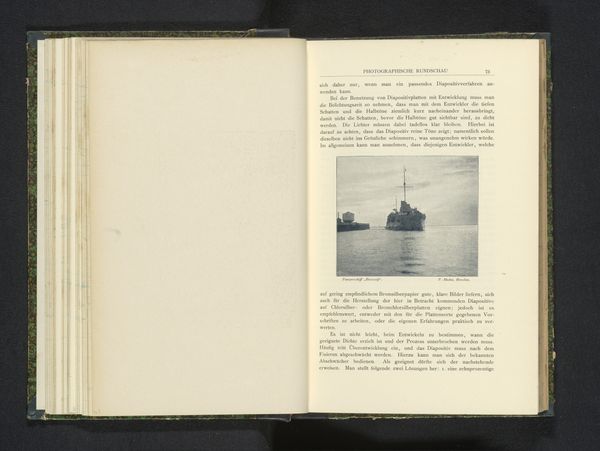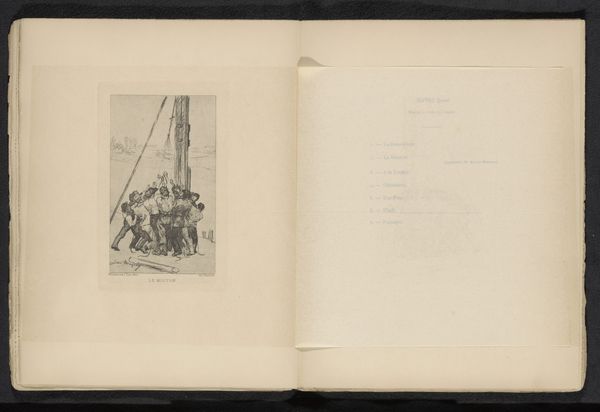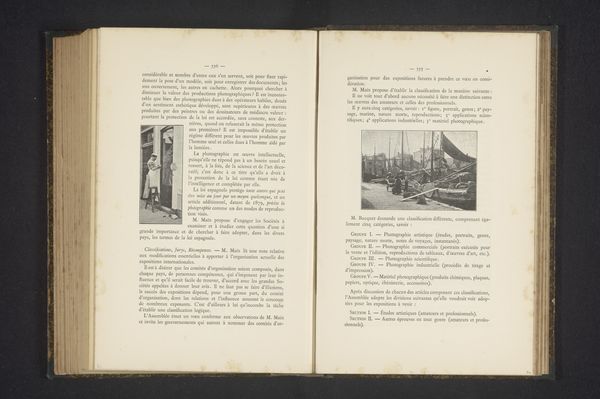
print, photography, gelatin-silver-print
# print
#
landscape
#
photography
#
gelatin-silver-print
#
genre-painting
#
realism
Dimensions: height 160 mm, width 140 mm
Copyright: Rijks Museum: Open Domain
Editor: This is "Twee mannen trekken een anker op het strand van Katwijk aan Zee," or "Two Men Pulling an Anchor on the Beach of Katwijk aan Zee," a gelatin-silver print by Elias Gottheil from before 1901. I'm immediately drawn to the image's gritty realism. It seems to depict the harshness of daily labor. How do you interpret the socio-historical significance of this photograph, particularly within the context of its time? Curator: This photograph speaks volumes about the politicization of everyday life in the late 19th century. Realism, as a style, became a powerful tool. By depicting manual labor so directly, it challenged idealized representations of work and highlighted the social realities of the working class. Who do you think was the intended audience and how might this image play a role in the wider culture of visual media? Editor: It makes me wonder if it was targeting the burgeoning middle class. Showing them these realities could inspire social reform or perhaps just instill a sense of national identity tied to the hard work of its people. Curator: Precisely! Images like these were integral to constructing and disseminating narratives about national character and the dignity of labor, influencing social perceptions. Consider where it was displayed; perhaps a gallery aiming to influence public opinion or even in print publications for the consumption of middle-class households. Did the museum's acquisition and framing of it change your perception? Editor: It definitely made me reflect on its transformation from possibly being a piece of social commentary to now being a carefully preserved object, detached from its original context in a way. Curator: Indeed. Our very act of exhibiting and interpreting this work reshapes its role. Museums don't simply display history, they actively create it through what they choose to highlight and how. Editor: So, it's almost like the image is in constant conversation with its evolving context. Thanks for pointing that out! I will think about art's intended target more when first approaching a piece! Curator: Absolutely. History is a dialogue, not a monologue. Thanks, this helped refine my vision for future exhibits.
Comments
No comments
Be the first to comment and join the conversation on the ultimate creative platform.
